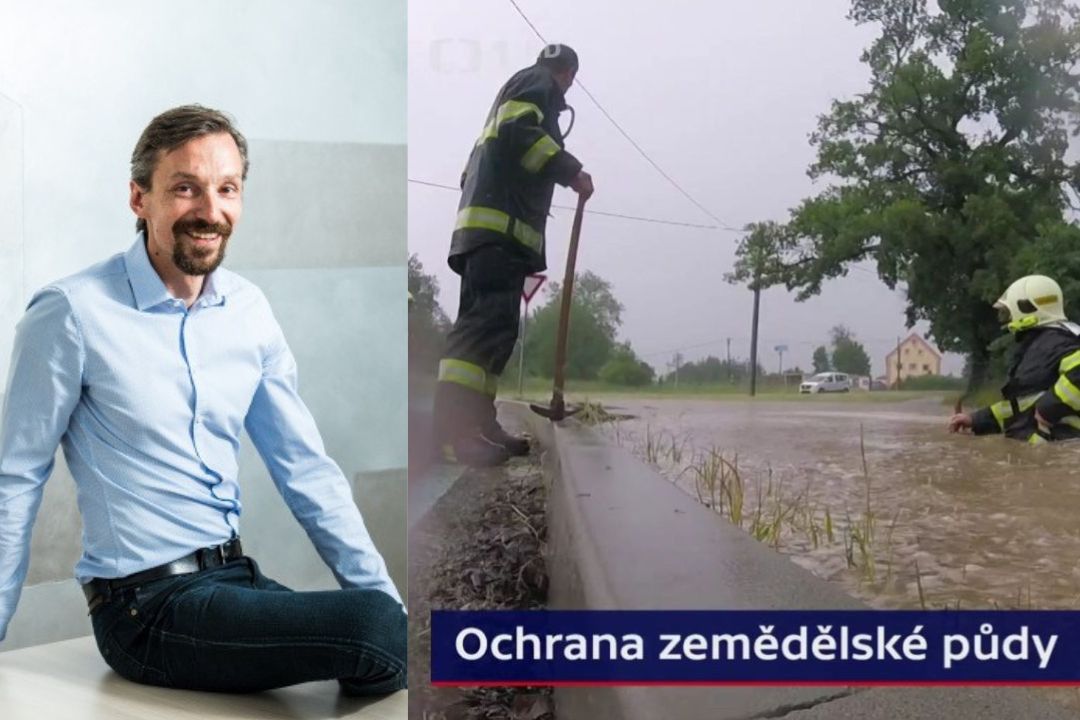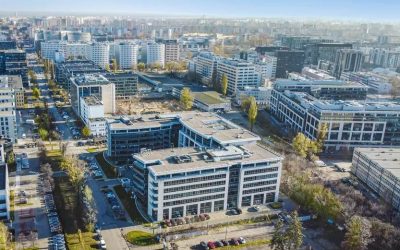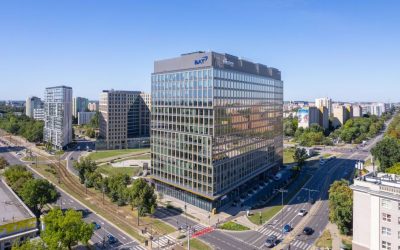There’s a push to ban the sale of high-quality agricultural land for use by logistics projects. One of the justifications highlighted by a report on Czech Television was that such projects lead to flooding. The report naturally included shots of homes and cars underwater.
If you watch that report, there was no industrial zone next to the flooding they showed. Most of the flooding here occurs during flash floods originating from large fields which are not separated by any large forests or ditches. This is the legacy of Czech agriculture from 1970’s and 1980’s that connected huge fields in hilly terrain. This makes it very easy for the water to flow through the fields, transporting mud and soil to the villages. Today, villages ask us to sort out the flooding they get from their fields if we’re going to start construction.
Generally, the rules for the construction of any commercial real estate require you to retain a lot of the rainwater before you release it, or let it soak into the land. This has to take into account the rain produced by heavy storms.
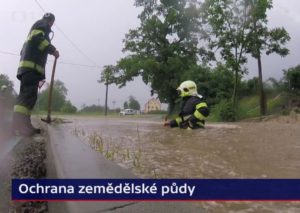 You have to slow down the water, increase the time it spends on your land.
You have to slow down the water, increase the time it spends on your land.
Exactly. There are very strict rules about how much water you can release into the rivers directly, so retention ponds and soaking wells are getting bigger. These rules don’t apply to agricultural land, they’re just recommendations. Still, many of the fields have no separations or barriers. So, if I go back to those floods they showed on TV, they weren’t linked to construction or development in any way. They were linked to the mismanagement of rainwater in the countryside.
And yet, first the report showed firefighters up to their hips in water. Then it cut to an industrial project on a dry day.
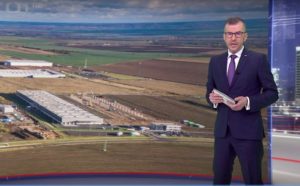 That was very confusing and misleading. Since we began developments in Czechia in 2007, we had only one case of flooding, which was a site we bought from a developer which had concrete retention ponds, with no soaking capacity. When we expanded that property, we implemented retention ponds with soaking capacity so we could retain the water and release much less into the creek. Since then, we haven’t had a single issue with flooding from our real estate to neighboring villages.
That was very confusing and misleading. Since we began developments in Czechia in 2007, we had only one case of flooding, which was a site we bought from a developer which had concrete retention ponds, with no soaking capacity. When we expanded that property, we implemented retention ponds with soaking capacity so we could retain the water and release much less into the creek. Since then, we haven’t had a single issue with flooding from our real estate to neighboring villages.
So, you feel you’re being unfairly scapegoated for causing flooding to prevent you from being to acquire high quality agricultural land?
We feel it this way. It’s very surprising that they blame logistics and retail developers. Because if you look at the percentage of land we use compared to the amount used by residential developers and other sectors like mining, it’s much less. In terms of land use, we are something like 5% of the total compared to residential which is more than 25%. But no one is calling for a stop to residential construction despite the fact the vacancy rate of residential properties is staggering. There are many abandoned properties and still more and more is being built!
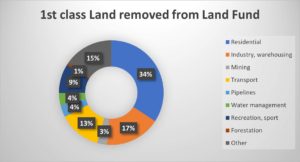
Covers period from 2014-2021
The industrial sector has an optics problem, because at every exit along the motorway are huge industrial parks. That makes it seem as if they’re everywhere, that it’s gone too far here. People then drive through Germany on the autobahn and barely see any.
The Czech zoning is different compared to Germany. The Germans chose to put industrial projects closer to the cities. So, even when you go to smaller regional towns or villages, you’ll always have industrial space next to the urban area. In the Czech Republic, the decision was to put it as close to the motorway exits as possible to prevent transport going through residential zones. That’s why it’s concentrated along the motorways here. Once you get off the motorway, you hardly see industrial zones. It is important to take into consideration that approximately 500 to 600 ha of industrial sites were eliminated from Prague itself (Vysočany, Anděl, Radlická and many more) and more around 400 ha is still to be pushed out – by residential and office developments… Our personal consumption has more than doubled compared to the nineties and still growing. Taking these two trends into consideration there is not enough industrial space in Central Bohemia yet…
We’ve survived a winter of energy blackmail, and prices have even fallen. Are your clients less worried about energy efficiency now?
It’s a bit softer in terms of costs, but ESG is the driver of efficiency these days. Everyone knows we will have to implement it, so the sooner the better for reducing CO2 emissions. Many of our customers are big corporations. They tell us their mission is to be carbon neutral by a certain date and that they see real estate as a big part of their CO2 emissions.
We have a building improvement project now in western Bohemia initiated by the customer. They want to get rid of their natural gas line and use heat pumps instead. It costs millions of euro, but if they didn’t do it, they wouldn’t get approval from headquarters to prolong the lease.
Along with the inflation of energy prices, higher interest rates are changing how projects are financed. Loans are far more expensive. Are the investors you work with pushing you to put more skin in the game on projects?
No, that will remain the same. The question is what returns the investors will require. It’s a game of numbers. They’re trying to calculate whether it wouldn’t be easier just to leave their money in the bank to collect between 4% and 6% (depending if it’s CZK or EUR). They’re thinking “why should I borrow equity at 7%?” It comes down to the figures in the overall math of the development. But for us, it’s not a fundamental change of working. We don’t see that happening.
Also in ThePrime
€20 million Pilsner Urquell Experience opens Saturday in Prague

